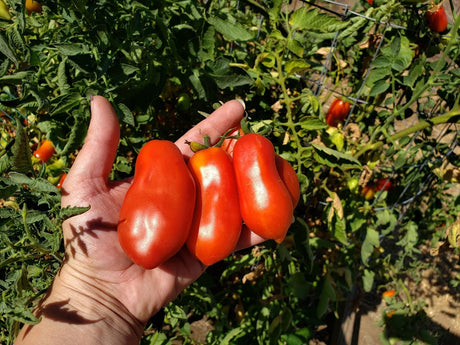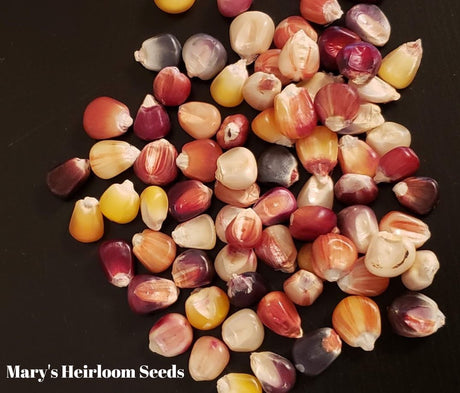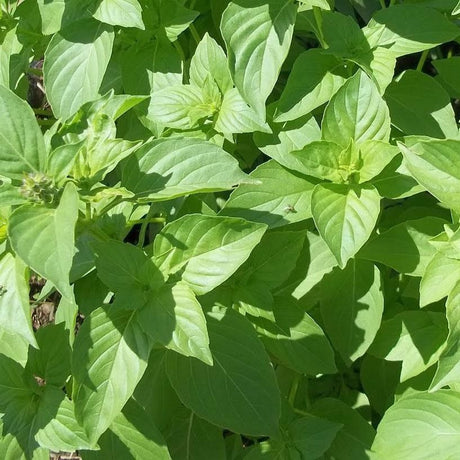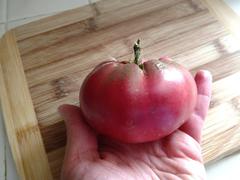
The Wonderful World of Heirloom Tomatoes
When people ask us about heirlooms, their first questions is usually about tomatoes. There is something magical about the deliciousness of heirloom tomatoes. The flavor of a vine-ripened, homegrown, heirloom...
Mary Smith |











